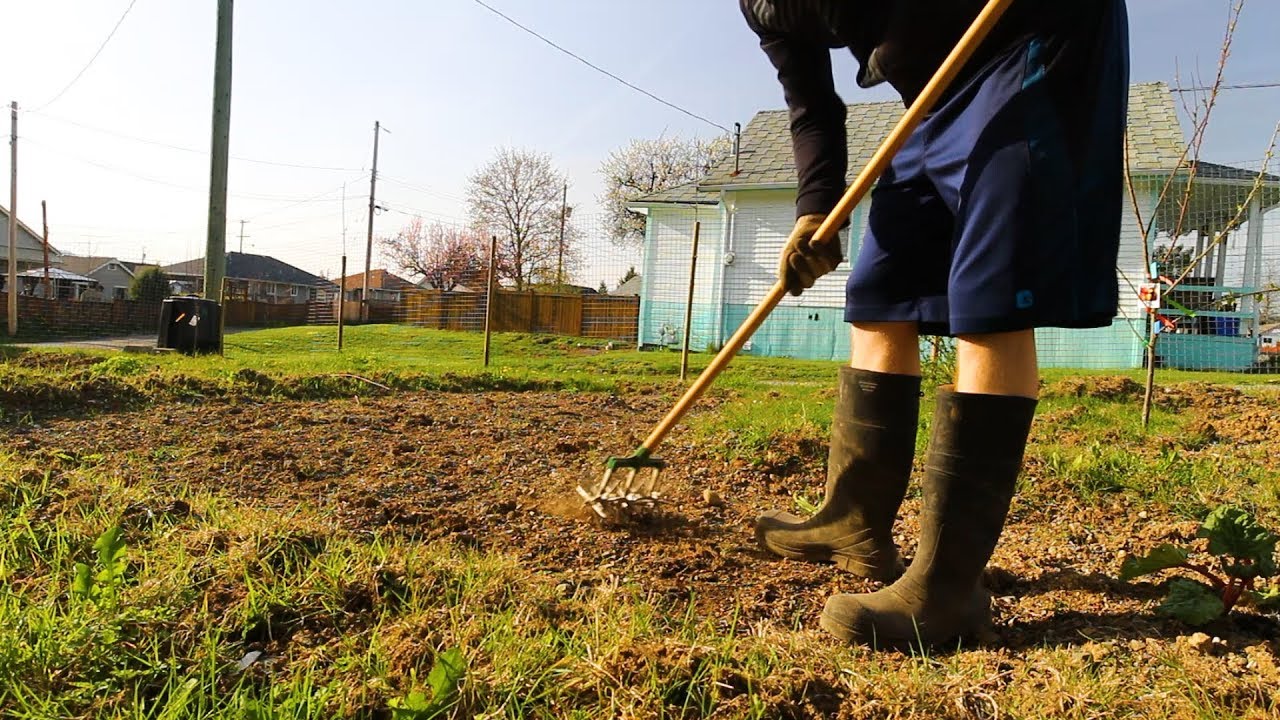When should I start cleaning up my garden?

JACKSONVILLE, Ill. — As the days get longer and the temperatures start to warm, we often get the itch to start gardening. However, we shouldn’t be in too big of a hurry to start cleaning up our gardens in preparation for the upcoming growing season.
While cutting back dead plants and removing leaves and plant debris from garden beds can make for a clean-looking landscape, it may not be the best thing for pollinators and other wildlife that inhabit our landscapes. So, how should we approach garden clean-up in the spring?
Why should I care about cleaning up too early?
While monarchs and some species of birds will migrate south for the winter, most of our pollinators and other wildlife will stick around, often in plant debris. By cleaning up plant debris, we are getting rid of these overwintering areas and the insects that may be inhabiting them. Leaving plant debris where it is for as long as possible will give overwintering pollinators and beneficial insects time to emerge.
When can I start spring clean-up?
Try to hold off the urge to clean up your landscape during March and early April. In the northern and midwestern parts of the US, the earliest we should consider cleaning up our landscapes is around mid-April. By this time, many insects will have emerged from overwintering. However, not all will have.
Ideally, we would wait until low temperatures are reliably in the 50s (Fahrenheit), or when we would start planting tomatoes. This is usually around mid-May. By this time, the soil should be sufficiently warm and overwintering insects should have emerged for the year.
Cleaning up the landscape
If you feel like you need to start your landscape cleanup early, start by tidying up highly visible areas, such as your front yard, and leave more hidden or out-of-the-way areas alone until later in the spring.
When cleaning up early, pile plant debris loosely in an out-of-the-way area. Piling it loosely will give any overwintering insects a chance to emerge. Once we reach mid-May and all overwintering insects have emerged, you can compost or dispose of the material.
One thing you can do earlier in the spring is to prune old flower stalks. A variety of different bees will utilize old flower stalks of plants such as bee balm, blazingstar, coneflower, and goldenrod, to build their nests. Pruning these plants earlier in the spring will ensure they are available for pollinators to use when they emerge.
When pruning, leave 8-24 inches of the stalk behind. This will leave behind stems of varying diameters for pollinators to utilize. If you are concerned that leaving the stalks behind will be too unsightly, once the plants begin to grow they will quickly cover up and hide any of the stalks you leave behind.
Instead of being in a hurry to get your landscape cleaned up before the growing season kicks into high gear, take some time to enjoy the sights of spring and stop and smell the flowers.
Miss Clipping Out Stories to Save for Later?
Click the Purchase Story button below to order a print of this story. We will print it for you on matte photo paper to keep forever.

